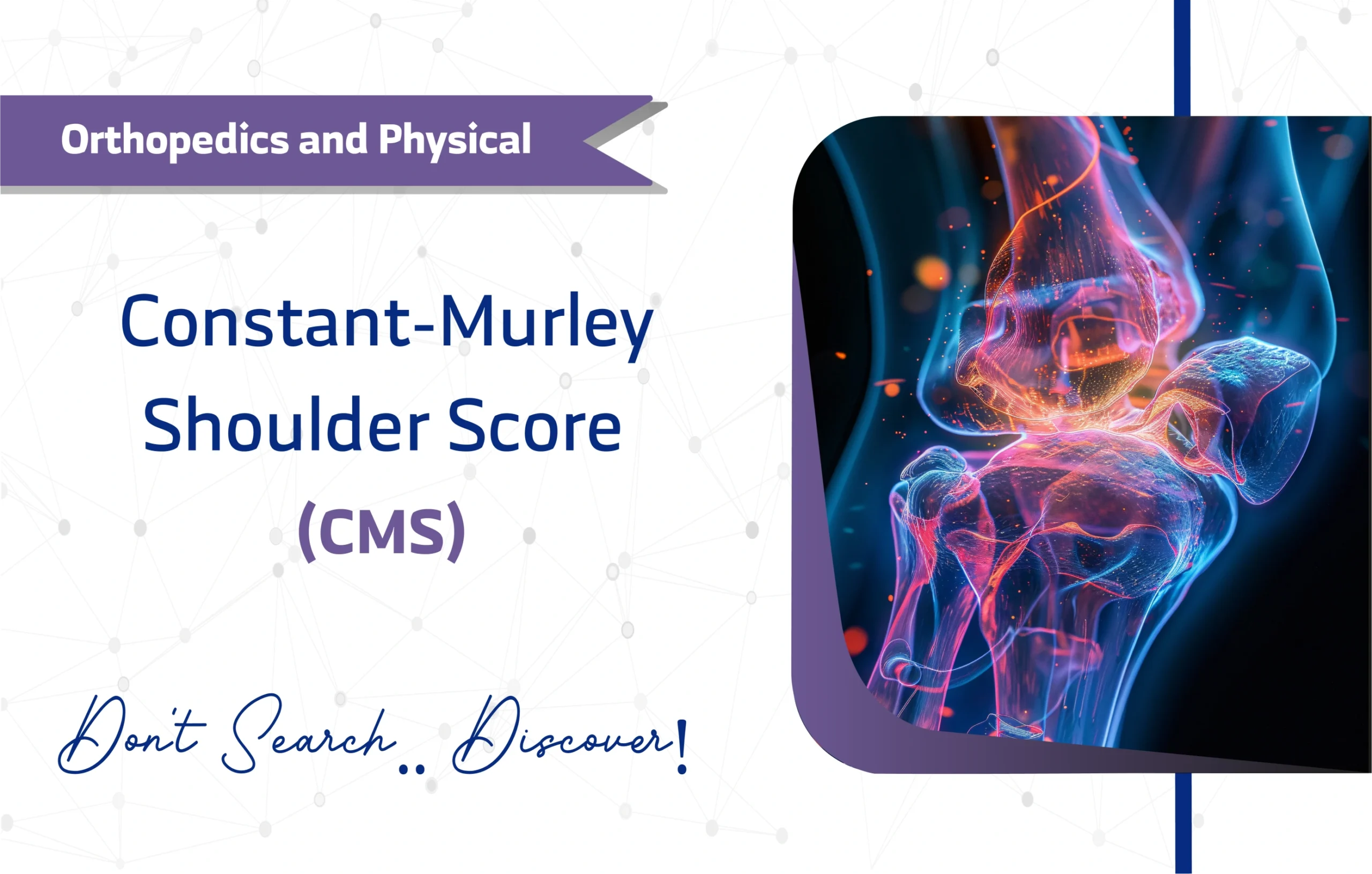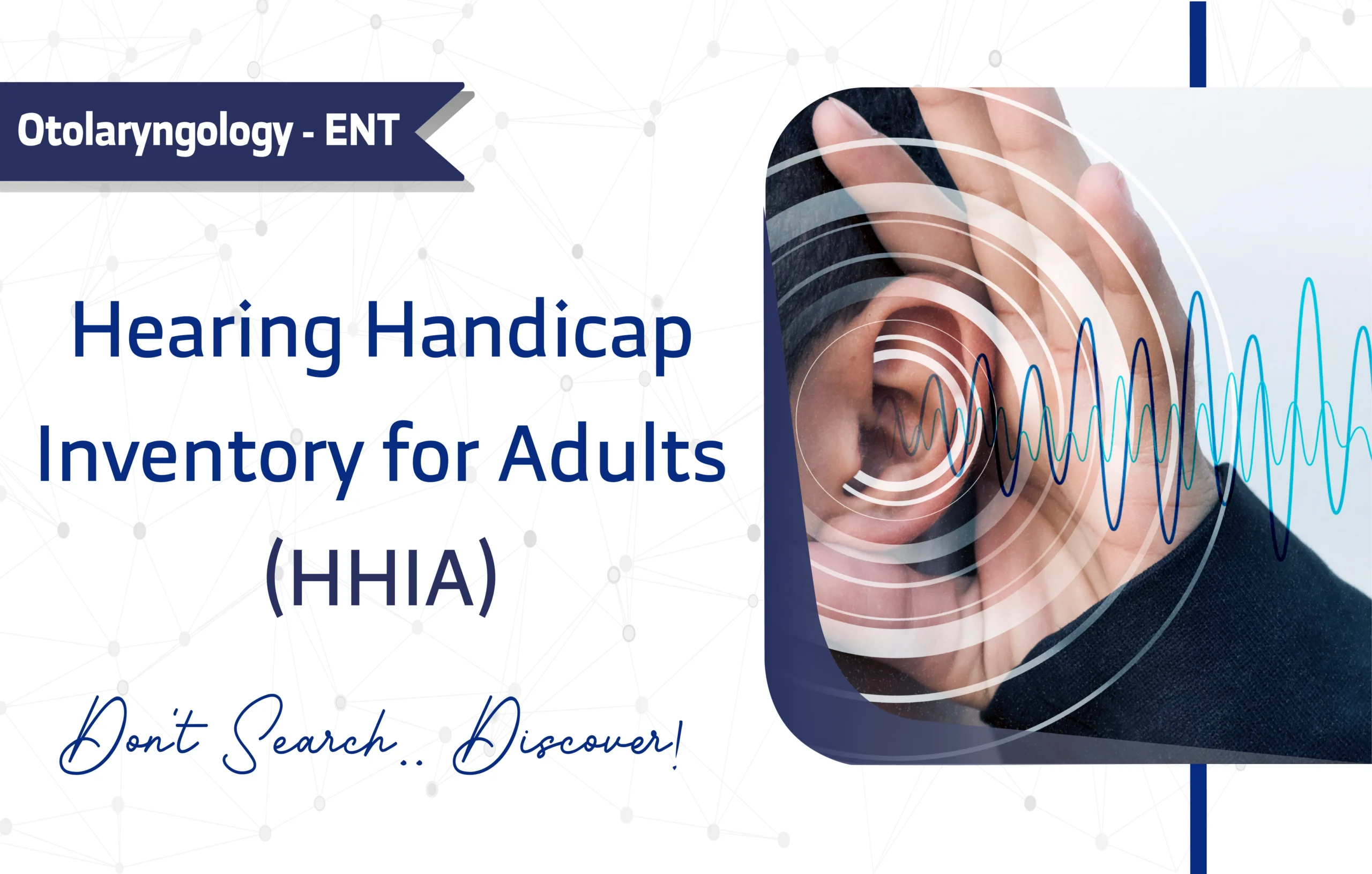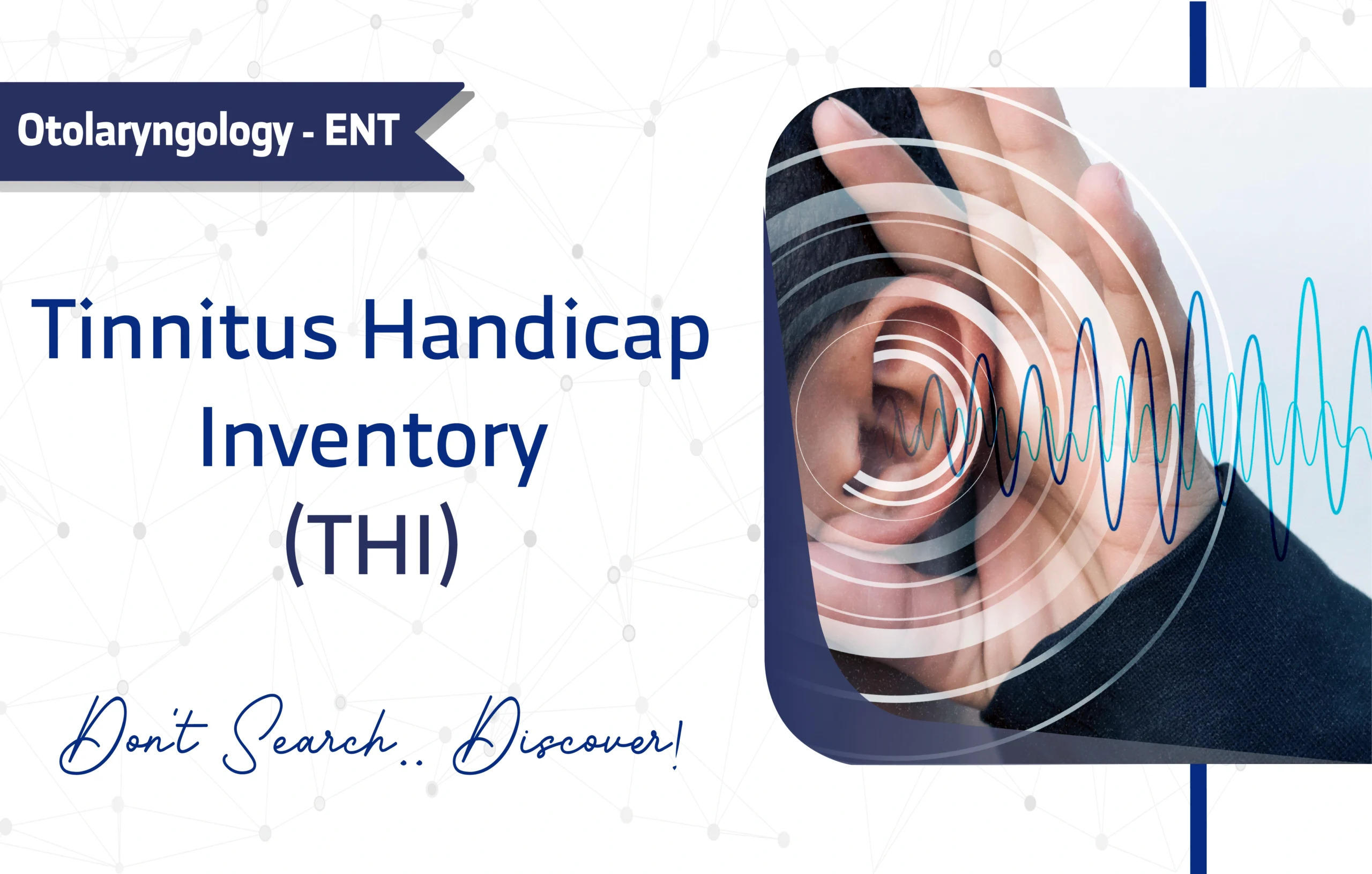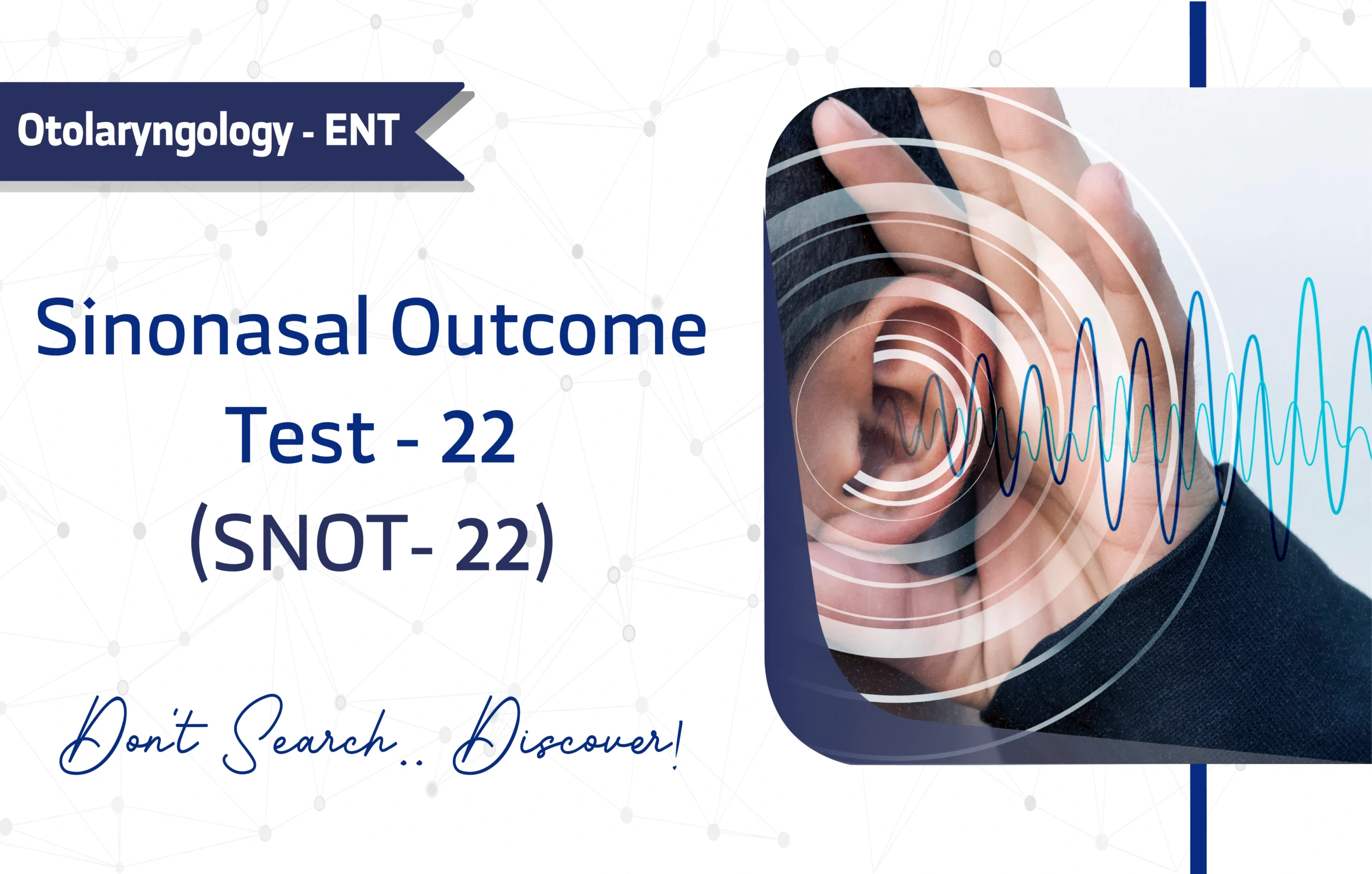Introduction
The Constant-Murley Score (CMS), developed by C. R. Constant and A. H. Murley in 1987, is a cornerstone for assessing shoulder function in patients with shoulder pathologies. With over 7,500 citations on Google Scholar, as noted in its seminal publication, this 10-item tool combines subjective patient-reported metrics with objective clinical measurements. Consequently, its multidimensional approach, covering pain, activities of daily living (ADL), range of motion (ROM), and strength, makes it indispensable for clinicians and researchers in orthopedics and physical therapy.
Therefore, this article provides a comprehensive guide to the CMS, detailing its structure, applications, and clinical value to enhance patient outcomes.
Key Features of the Constant-Murley Score (CMS)
Purpose and Use
The CMS is designed to quantify shoulder function through a blend of subjective and objective assessments. It evaluates functional outcomes in patients with shoulder pathologies by assessing pain, ADL, ROM, and strength. In contrast, unlike general orthopedic tools, its focus on shoulder-specific metrics ensures relevance for conditions like rotator cuff injuries.
Target Population
The CMS targets adults aged 18 and older, including:
- Young adults (18-24)
- Middle-aged adults (25-44)
- Older adults (45-64)
- Seniors (65+)
Notably, the original study included patients aged 19 to 85, stratified by age and sex.
Questionnaire Details
The CMS comprises 10 items across four domains, including:
- Pain (1 item): Assesses pain severity.
- Activities of Daily Living (4 items): Evaluates sleep, work, recreation/sport, and hand positioning.
- Range of Motion (4 items): Measures forward elevation, lateral elevation, external rotation, and internal rotation.
- Strength (1 item): Quantifies abduction strength using a dynamometer.
Scoring and Interpretation
The CMS uses a combination of scoring methods: pain (0-15 points, 15 = no pain), ADL (0-20 points, each of 4 items scored 0-5), ROM (0-40 points, each of 4 movements scored up to 10), and strength (0-25 points, based on dynamometer measurements in pounds or kilograms). Alternatively, in kilograms: 0 kg = 0 points, 12 kg = 25 points. For instance, the total score ranges from 0 (worst) to 100 (best). Scores below 70 indicate clinically significant shoulder dysfunction, with age- and sex-adjusted thresholds (women score 5-10 points lower than men).
Administration Format
The CMS is administered through a combination of patient-reported and clinician-assessed components:
- Paper-based forms
- Digital (online) platforms
- In-person interviews
Typically, it takes 10-15 minutes to complete due to the physical examination required for ROM and strength assessments, making it suitable for clinical settings. Additionally, it requires basic training.
Applications of Constant-Murley Score (CMS)
The CMS offers versatile applications for researchers and clinicians:
- Screening: Identifies patients with significant shoulder dysfunction, signaling the need for intervention.
- Monitoring: Tracks changes in shoulder function over time or during treatment.
- Treatment Planning: Guides tailored rehabilitation based on subdomain scores, such as pain or ROM limitations.
- Research: Supports studies on shoulder pathologies and treatment outcomes, as evidenced in multiple studies.
For example, a low ROM score may prompt targeted physical therapy, while a diagnosis informed by CMS scores can guide further clinical evaluation.
Other Versions And Related Questionnaires
The CMS has adapted versions and complements other tools:
- Modified Constant-Murley Score (Modified CMS): Adjusts for specific clinical contexts.
- Age- and Sex-Adjusted CMS: Incorporates normative data for interpretation.
Related Tools:
- Oxford Shoulder Score (OSS): Assesses shoulder function and pain.
- American Shoulder and Elbow Surgeons (ASES) Score: Evaluates shoulder and elbow function.
- Shoulder Pain and Disability Index (SPADI): Measures shoulder pain and disability.
- Disabilities of the Arm, Shoulder, and Hand (DASH): Assesses upper limb function.
Language and availability
To ensure global accessibility, the CMS is available in more than 12 languages, including:
- Arabic
- English
- Mandarin Chinese
- Spanish
- Portuguese
- Italian
As a result, this multilingual support enhances its use in diverse clinical and research contexts.
The CMS is free for non-commercial use by clinicians and researchers, with no corporate or organizational owner. However, its use in commercial or funded academic projects may require permission from the European Society for Surgery of the Shoulder and the Elbow. Consequently, the questionnaire operates under an open-access license for approved purposes.
Reliability and Validity
The CMS exhibits robust psychometric properties, making it a highly reliable and valid tool for shoulder assessment. Specifically, numerous validation studies confirm its reliability and validity across diverse populations. Notably, the CMS demonstrates high internal consistency, with a Cronbach’s alpha typically above 0.993, indicating strong reliability in measuring shoulder function. Furthermore, its sensitivity to changes in shoulder pathology ensures accurate monitoring, making it a trusted choice for clinical practice and research.
- Original validation study study link
- A systematic review to evaluate the psychometric properties of the CMS (2018) study link
- A systematic review to evaluate the psychometric properties of the CMS (2010) study link
Limitations and Considerations
Despite its strengths, the CMS has a few limitations:
- Self-Report and Clinician-Reported Combination: The mixed approach may be considered cumbersome or controversial.
- Narrow Focus: Not advisable for all shoulder conditions, such as fractures or arthritis.
- Language Barriers: Limited validation in some languages may affect applicability.
- Social Desirability Bias: Patient-reported components may be influenced by personal interpretation.
Additional Resources
- Original validation study study link.
- Access the CMS as a PDF.
- For inquiries, contact the European Society for Surgery of the Shoulder and the Elbow at secretariat@secec.org.
- For additional CMS resources, consult the European Society for Surgery of the Shoulder and the Elbow.
Frequently Asked Questions (FAQ)
- Who can use the CMS?
Clinicians, researchers, and healthcare providers use the CMS for adults aged 18 and older with shoulder pathologies. - How long does it take to complete the CMS?
Typically, patients and clinicians complete it in 10-15 minutes, including physical assessments, suitable for clinical settings. - How is the CMS administered?
For instance, it can be administered via paper, digital, or interview formats, requiring clinician involvement for ROM and strength. - Is there any cost to using the CMS?
The CMS is free for non-commercial use. However, commercial use may require permission from the European Society for Surgery of the Shoulder and the Elbow.
A word from ResRef about Constant-Murley Score (CMS)
The Constant-Murley Score (CMS) is a clinician-administered outcome measure developed in 1987 and refined in 2008 to assess functional status in patients with shoulder pathologies. It combines subjective patient-reported metrics with objective physical assessments, serving as a gold standard in orthopedic and rehabilitation research. Consequently, the CMS remains a robust, multidimensional tool for quantifying shoulder function. Its 2008 update resolved ambiguities in scoring and normative interpretation, cementing its role in evidence-based practice.
References
- Constant, C. R., & Murley, A. H. G. (1987). A clinical method of functional assessment of the shoulder. Clinical Orthopaedics and Related Research, (214), 160–164. link
- Vrotsou, K., Ávila, M., Machón, M. et al. Constant–Murley Score: systematic review and standardized evaluation in different shoulder pathologies. Qual Life Res 27, 2217–2226 (2018). link
- Roy, J.-S., MacDermid, J. C., & Woodhouse, L. J. (2010). A systematic review of the psychometric properties of the Constant-Murley score. Journal of Shoulder and Elbow Surgery, 19(1), 157–164. link








